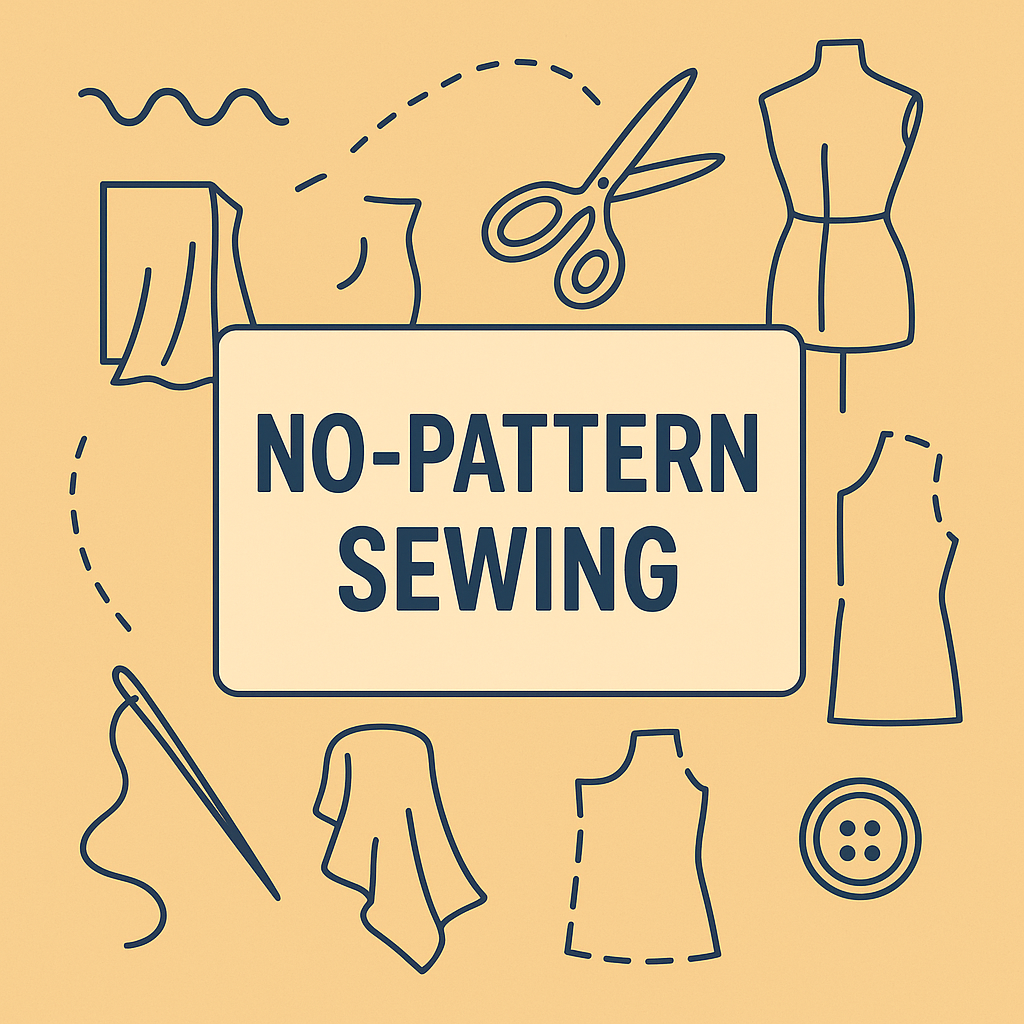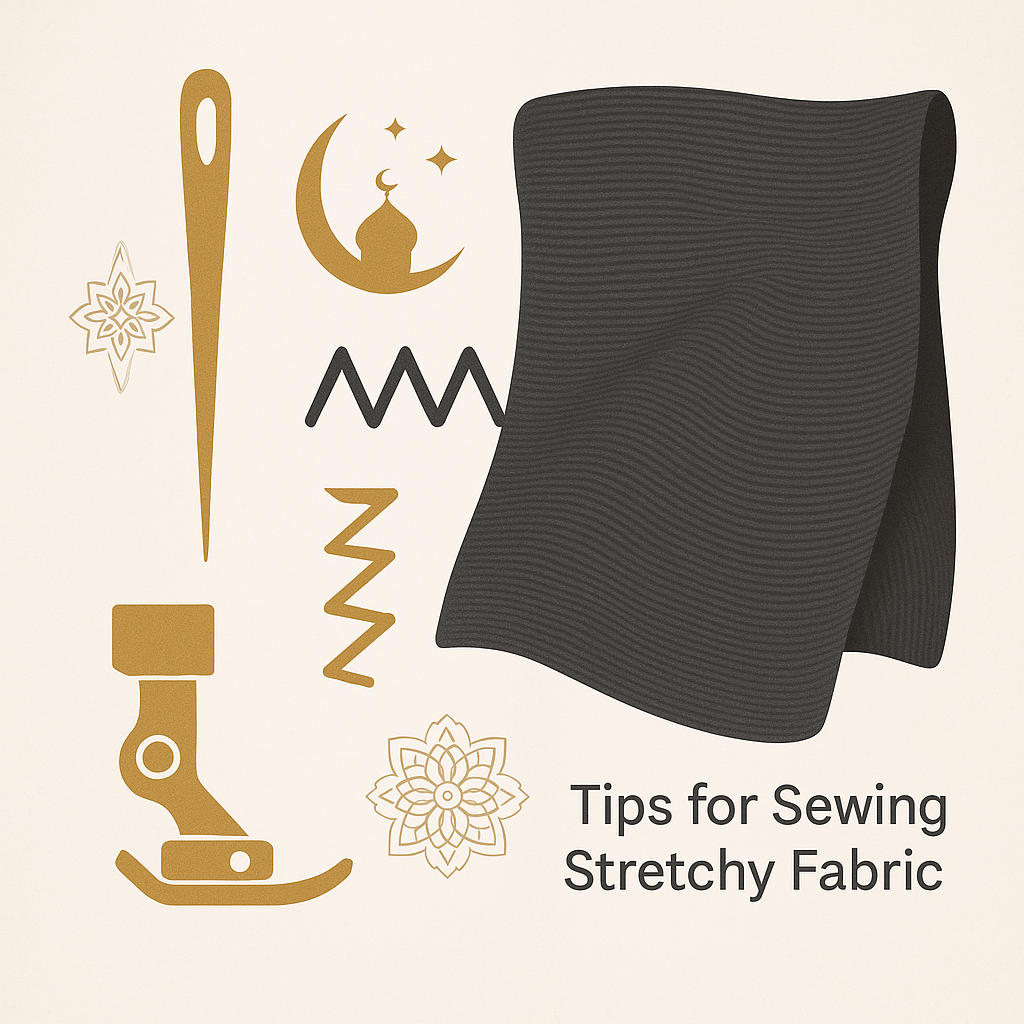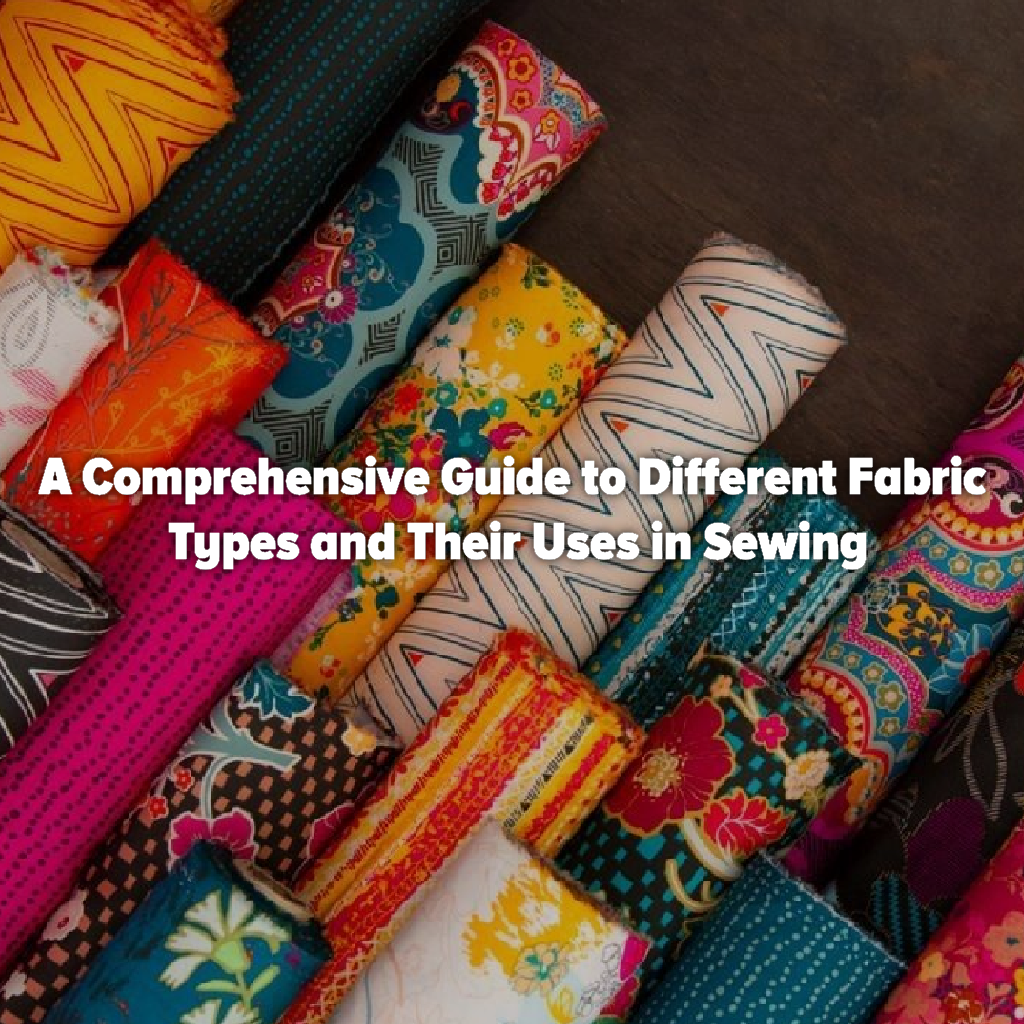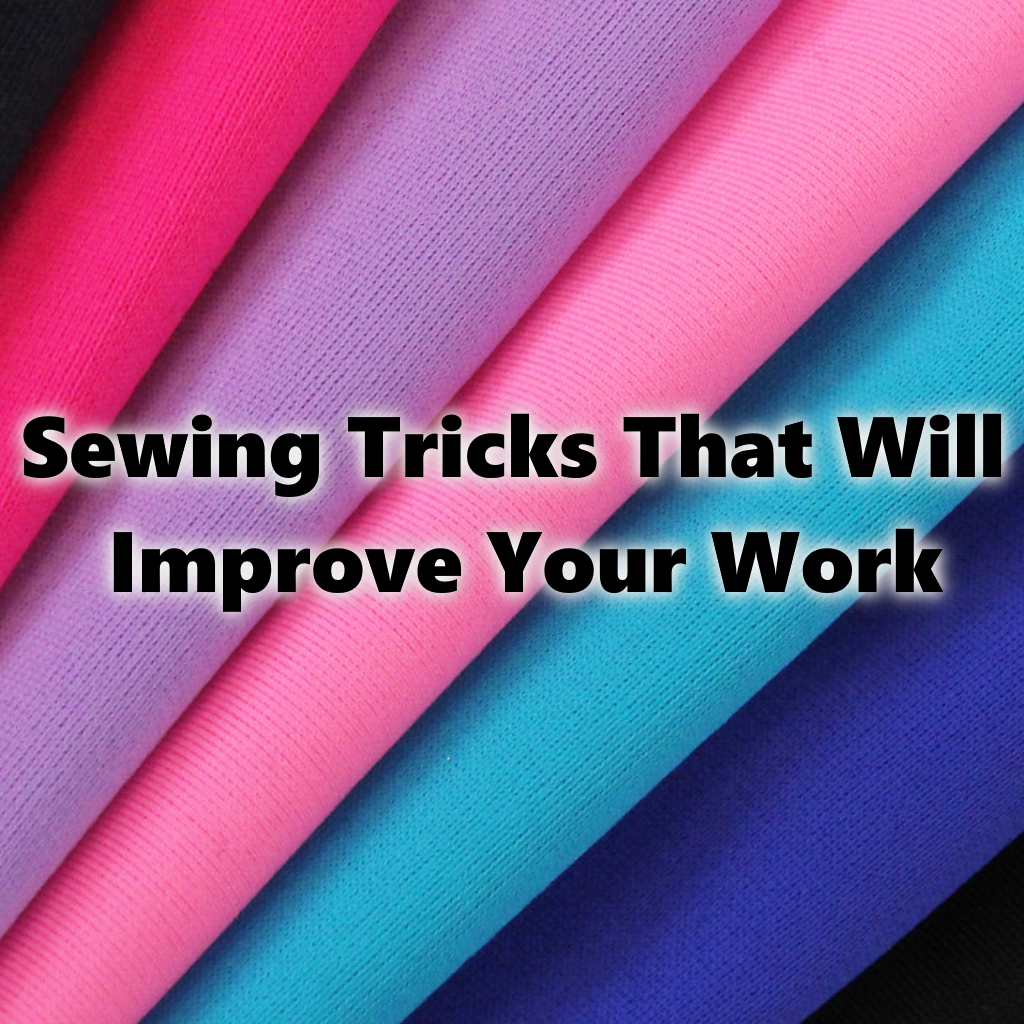Evening and Party Dress Sewing: Create Glamorous Looks with DIY Fashion
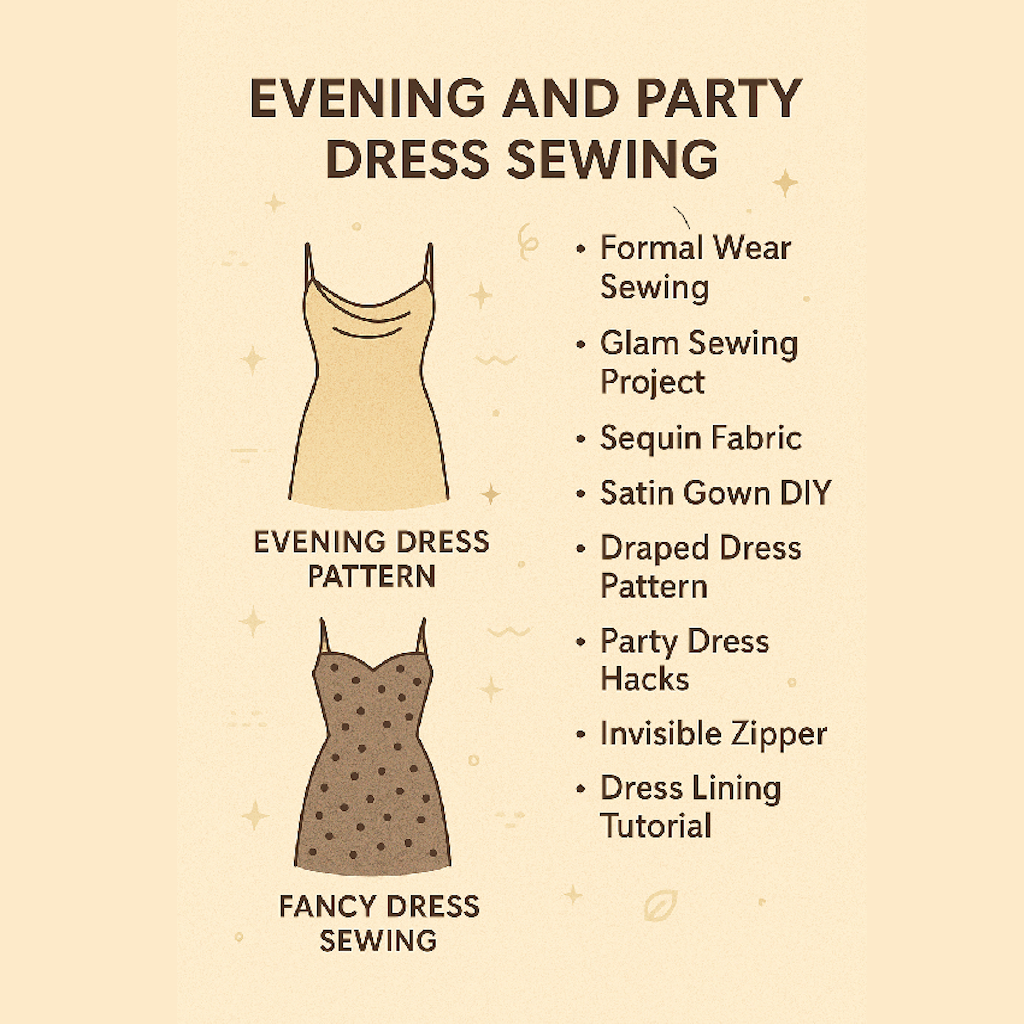
Sewing your own party dress can be one of the most rewarding and stylish projects you’ll ever tackle. Not only does it allow you to create a one-of-a-kind piece, but it also ensures a perfect fit tailored to your body. Whether you dream of a glittering evening gown or a chic cocktail dress, mastering evening dress patterns and formal wear sewing will give you total creative freedom to shine at every event. Plus, handmade garments often become cherished wardrobe staples, carrying memories of special occasions.
Explore our detailed guide on Evening and Party Dress Sewing to elevate your skills and create stunning outfits for any occasion.
When you embark on evening and party dress sewing, remember to choose fabrics that enhance your design.
Choosing Your Evening Dress Pattern
Selecting the right evening dress pattern is the first and most crucial step. Look for styles that match your body type and the vibe you’re aiming for—whether it’s sleek and sophisticated, dramatic and bold, or soft and romantic. Popular options include:
- Draped dress patterns for a luxurious, flowing silhouette
- Satin gown DIY styles for timeless, red-carpet elegance
- Fancy dress sewing patterns with embellishments and layered details
- Mermaid or A-line cuts for structured, flattering shapes
Tip: If you’re a beginner, opt for patterns labeled “easy” or “beginner-friendly” to build confidence before tackling advanced designs.
Fabric Selection: Go Glamorous
The right fabric can elevate a simple pattern into a show-stopping masterpiece. Consider these luxurious options:
- Sequin fabric – Perfect for dazzling party dresses (though it requires patience to sew!)
- Satin – Smooth, lustrous, and ideal for elegant draping
- Velvet – Adds depth and drama, especially in jewel tones
- Chiffon – Lightweight and dreamy for layered skirts or sleeves
- Tulle – Great for voluminous skirts or delicate overlays
Pro Tip: Always check the fabric’s care instructions—some materials (like silk or sequins) may require handwashing or special handling.
Choosing the right fabric is essential in Evening and Party Dress Sewing; it sets the tone for your entire project.
These evening and party dress sewing tips will elevate your sewing game.
Essential Techniques for Party Dress Sewing
To achieve a polished, professional finish, mastering these skills is key:
✔ Invisible zipper installation – Ensures a seamless back closure
✔ Dress lining tutorial – Adds structure, comfort, and a luxe feel
✔ Draping techniques – Helps fabric flow naturally over curves
✔ Bias binding – For clean finishes on necklines and armholes
Don’t stress! Many sewing tutorials break these steps into simple, manageable parts.
Party Dress Hacks to Save Time & Effort
Incorporate essential techniques in Evening and Party Dress Sewing to ensure a polished finish that impresses.
Running short on time? Try these smart shortcuts:
- Pre-line your fabric instead of sewing a separate lining.
- Use fusible interfacing to stabilize necklines quickly.
- Hand-sew embellishments only where they’ll be visible.
- Opt for stretch fabrics if you want to skip zippers.
Mastering evening and party dress sewing techniques is essential for achieving professional results.
These tricks help streamline the process without compromising style!
Utilizing hacks in your Evening and Party Dress Sewing can save precious time while achieving outstanding results.
Finishing Touches: Make Your Dress Shine
Once construction is done, add those extra details that make your dress unforgettable:
✨ Beaded appliqués or lace trim for extra glam
✨ A well-pressed hem for crisp, clean lines
✨ A hidden slit or open back for a touch of drama
✨ A coordinating clutch or shawl to complete the look
And always do a final fitting before the event—adjust straps or hems if needed!
Conclusion
Sewing your own evening dress is a bold, creative, and empowering experience. With the right pattern, fabric, and techniques, you can craft a gown that fits flawlessly and reflects your unique style. Whether it’s a sparkling sequin number or a sleek satin silhouette, your handmade dress will turn heads at any event.
The finishing touches you add during your Evening and Party Dress Sewing will make your creation truly memorable.
Need more inspiration? The Sew It Yourself App offers exclusive patterns, step-by-step tutorials, and a supportive sewing community to help you bring your fashion dreams to life. Start stitching today and step into the spotlight with confidence!
Evening and party dress sewing allows for endless creativity in your fashion designs.
With evening and party dress sewing, you’ll gain confidence in your ability to create stunning garments.
Wrap up your Evening and Party Dress Sewing journey with confidence and style—it’s all about showcasing your creativity.
Explore tips for evening and party dress sewing in our exclusive patterns and tutorials.
Join our community for more on Evening and Party Dress Sewing, and unlock your potential in fashion design.

